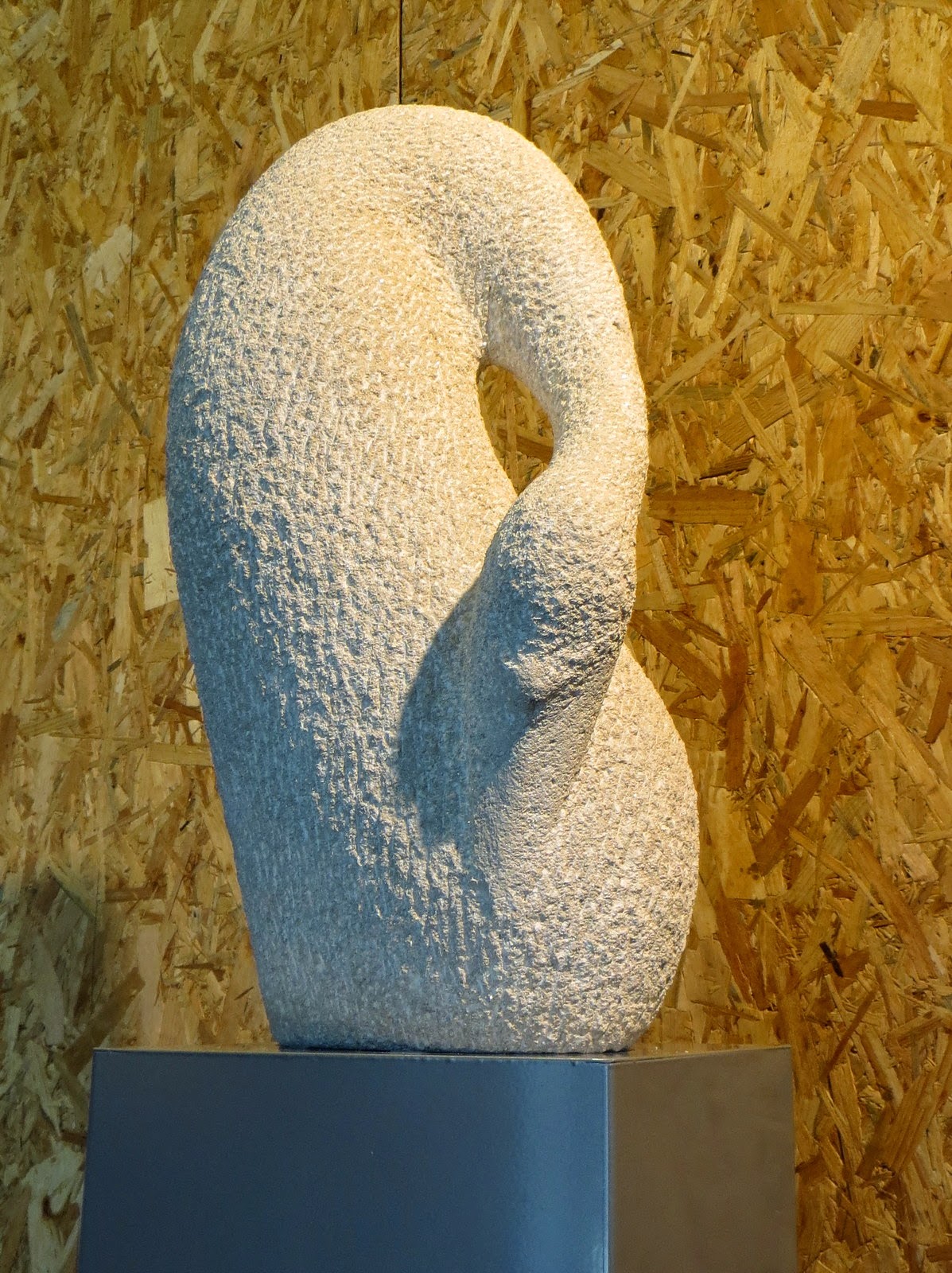A rather wonderful thing happened when we got to the Troglogîte.
Wendy Mewes is my go-to writer when I want to know anything about Brittany, especially Finistère, and something of an all-round hero. She lives very close to where we stayed, but she does guided walks and researches and writes about the whole region,and keeps a blog about her activities here. She is a power-house of information and knowledge, of imaginative, accessible but rigorous writing and scholarship, plus she's an indefatigable walker and loves dogs. Her first book I discovered was her History of Brittany, and it made me appreciate what it is to be a proper, trained, disciplined historian, who can assimilate and retain huge amounts of knowledge, evaluate it and present it in a form that's concise, readable and appealing. In addition, of course she's working with sources in a second language, which clearly doesn't bother her much but must make things a bit harder going, though in fact her books on Brittany are often translated from English into French.
I already had Finistère, Things to see and do at the End of the World, which covers the whole department and was giving me plenty of ideas - it's set out in fourteen scenic driving tours each rounded off with a comment with particular recommendations, pieces of advice and remarks about anything that has personal resonance or affection for Wendy herself, which is a nice touch. When I noted on her blog that she was also bringing out a short guide especially about the Monts d'Arrée, the area where we were staying, I asked whether and how I made be able to get it for the trip, and she instantly said, though it wasn't officially out yet (it is now), that she'd drop one round at the gîte when we got there, she passed the place every day.
So within an hour or so of our arrival she came looming out of the fog, for which she apologized, with a copy, wouldn't stop since she had an awful cold and a lecture to deliver miles away in Morbihan the next day, though she did look over our shoulders and ask where Molly was, since she reads here sometimes and is a dog person (Molly was reclining comfortably on the sofa, which was suitably covered in a clean blanket and towel, I hasten to add). She wouldn't take anything for the book and was nice about my blogging, which I took as a great compliment. The Troglogîte people, who she introduced herself to and showed the book to before coming to find us, asked later how we knew each other, and had we met before, with that rather puzzled air that people who don't do this blogging/on-line thing tend to have about the friendly, familiar, generous relationships and contacts which it engenders.
So here a a few more long shots of the places she has helped us to explore. Thanks Wendy!
Up to Menez Mikel, the Montagne St Michel again, from near the gîte,
and from climbing it: looking west,
south,
and east over the Lac St Michel.

































